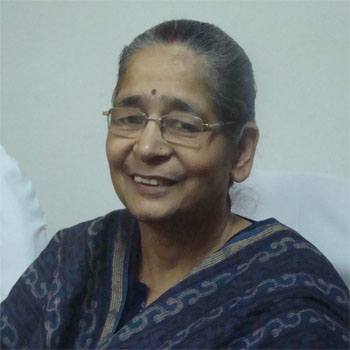
Art history/ Historiography, Museums/ Galleries / Collections / Exhibitions
Throne —Asandi, Piillanka, Shrtheisana: An Indian Perspective
Pathak, Anamika
April, 2020
Abstract
`Throne' refers to a 'chair for a king, queen or bishop used during ceremonies' it also refers to 'the seat of a deity' and Greeks refers it 'elevated seat'. The 'Throne' or 'seat', in most of the cultures of the world, is associated with both the powers; sacred and monarch. The thronos in Greek and thrones in Latin languages are the different words referring to origin of the term 'throne'. In India asandi or asanam or pallanka are the terms used for raised seat or the 'throne' referred in the Vedic literature in Sanskrit language. These terms got mention in Atharvaveda, one out of four Vedas, which talks in detail about the ritualistic customs of Vedic period. The excavated materials of various Harappan sites, literary references of Vedic and later period, representation of throne is evident throughout the Indian art. From rectangular raised platform to proper seat with raised arm, back and foot rest is the fascinating journey. Different materials us...
This is a preview. To access all the essays on the Global InCH Journal a modest subscription cost is being levied to cover costs of hosting, editing, peer reviewing etc. To subscribe, Click Here.



